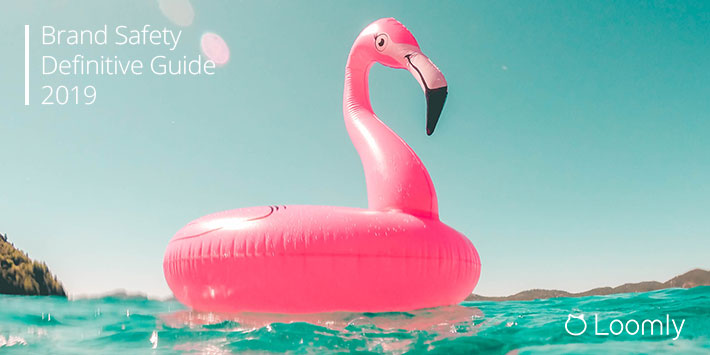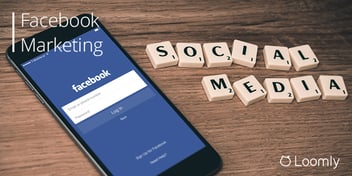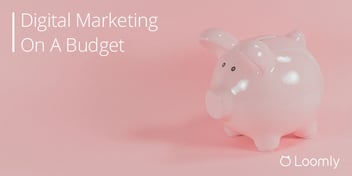We can all agree that: brand safety is now more important than ever.
As the need to advertise online grows, so does the risk to our brand messaging.
After all:
It only takes one bad placement to go from budding campaign to PR nightmare.

This means it is paramount that brand managers and marketers educate themselves on the potential brand safety risks out there today.
Which is exactly why we put together this article, to show you:
- What brand safety is.
- Why it is important.
- Simple strategies you need to have peace of mind in your online advertising.
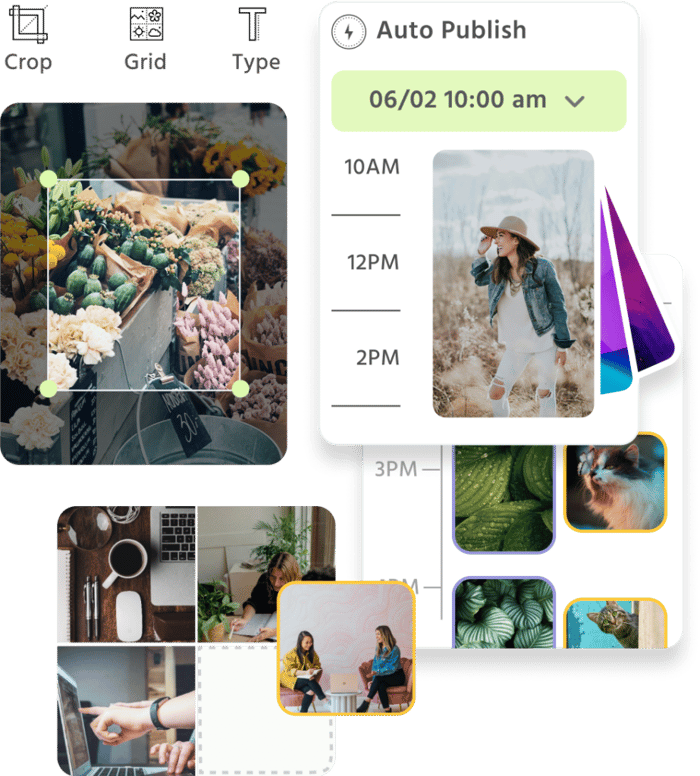
Manage all your social media accounts in one place.
Craft, schedule, & auto-post content to all your social channels, then track analytics and manage interactions from a single, easy-to-use dashboard.
What Is Brand Safety (And Why Is It Important)?
Brand safety refers to the protective measures taken by advertising platforms to ensure your brand’s identity, integrity and messaging are not damaged.
It is the agreement that the platform will safeguard your adverts from being shown alongside:
- Websites
- Videos
- Articles
- Podcasts
- Social media updates
That could potentially hurt your reputation, contradict your messaging, or alter the intention of your advert.
For example:
When this BP ad ran alongside a POLITICO news article about climate change protests, it posed a risk to their brand safety (in the form of context irrelevance):
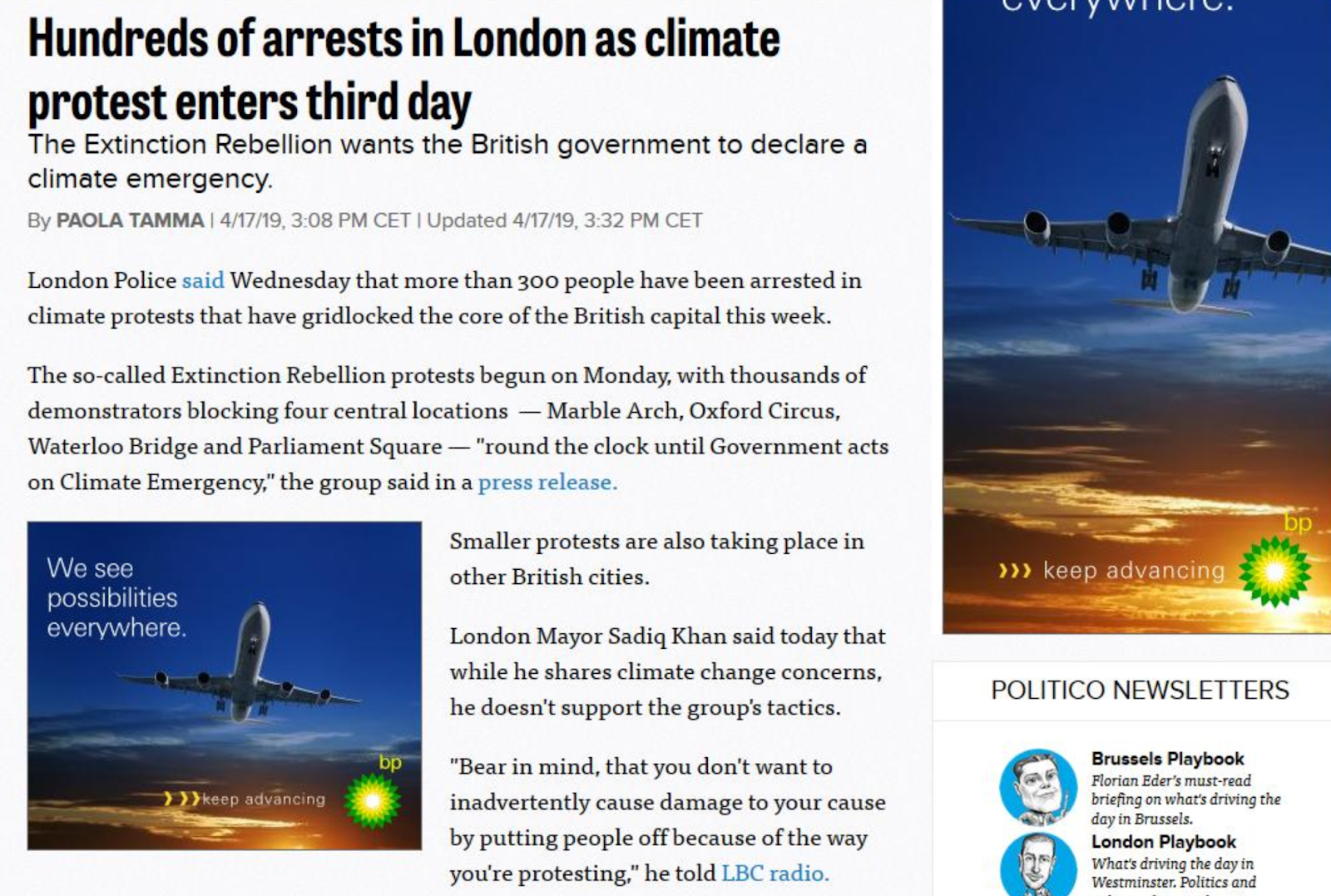
Although people familiar with digital marketing can tell this is a failing of Google’s Adsense algorithm, this may not be so black and white for consumers.
For them, it may be easy to think a brand has paid for their ad to be displayed in that exact place.
Worse still, if your ad were to be featured alongside content containing:
- Military conflict
- Political opinions
- Illicit drugs
- Pornography
- Hate speech
- Terrorism
- Crime
It could be seen as an endorsement and prompt your target audience to avoid or spread negative word-of-mouth about your brand.
In fact:
A 2019 survey from AdColony found that 49% of social media users changed their opinion of a brand when the brand’s ad was displayed next to inappropriate content.
This knowledge — combined with some recent brand safety issues on platforms like YouTube — has seen a rise in pressure for these platforms to improve their safeguarding methods.
Many of them, like Facebook, have been pioneering this change and brand safety is improving gradually over time.
That being said, it is important that you stay vigilant and aware of the brand safety risks out there.
So, let’s start by looking at the most common brand safety threats.
The 6 Most Common Threats To Your Brand’s Safety
There are six common threats to brand safety:
- Poor ad placement
- Fake news
- Conspiracy theories
- Extremism
- Inappropriate content
- User comments
Here they are in more detail:
1. Poor Ad Placement
Your ad’s placement has a huge impact on how it is received.
Take a look at this Audi ad placement (credit:@AsEasyAsRiding):
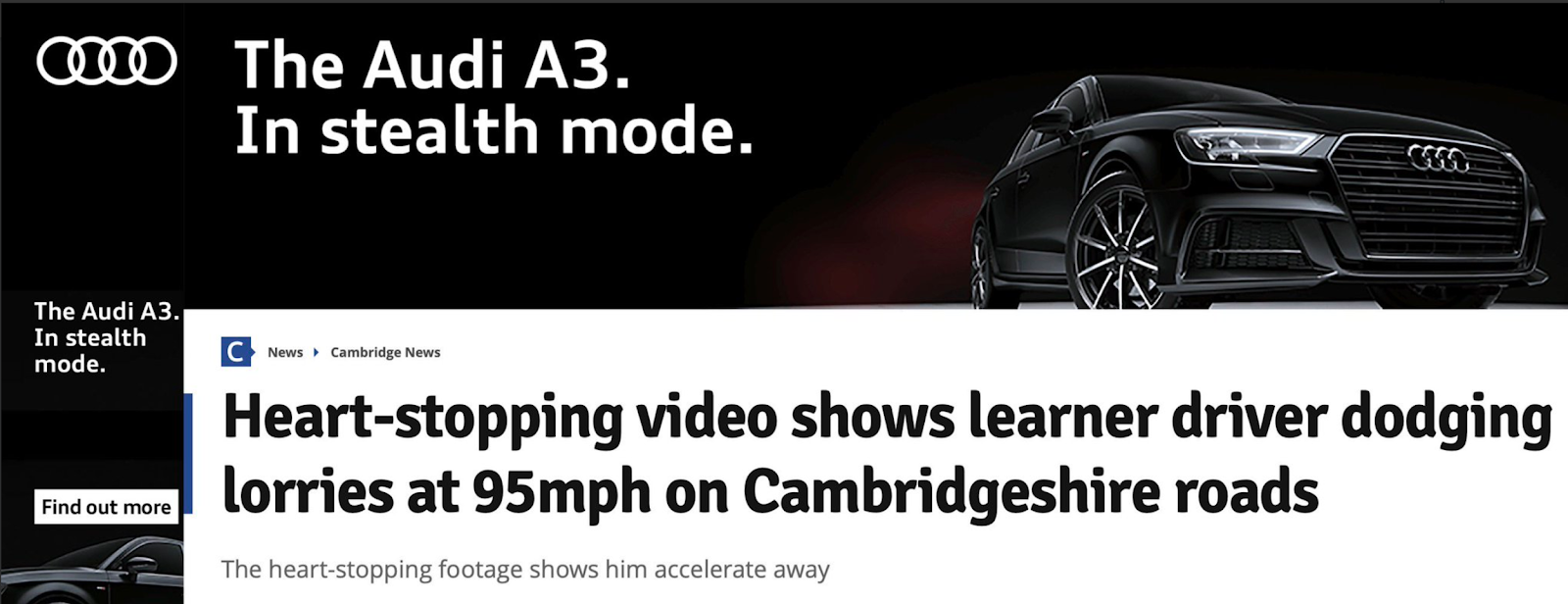
This is definitely funny on the surface but does nothing for Audi or the product they are trying to advertise.
The real brand safety danger in this type of placement is the subconscious association between your product and the content it is next to.
For example, it is hard to gauge the number of people who saw this news story and now think:
- Audi car are unsafe
- Audi was the car used in the story
- Audi drivers are dangerous
- Audi endorses this type of driving
All of which are damaging to Audi’s brand, through no fault of their own.
2. Fake News
We live in an era of fake news.
It landed in the mainstream in 2016 and does not show any signs of going away anytime soon:
And, it comes with its own set of challenges for brands’ safety.
If your company is directly seen — or indirectly thought — to be:
- Supporting
- Promoting
- Funding
Fake news through your advertising, it can alter a consumer’s perception of your brand.
Brands almost never do this on purpose. Instead, it is a byproduct of native advertising, through services like Facebook Instant Ads or Google Adsense.
3. Conspiracy Theories
Much like fake news, being seen (or thought) to support a conspiracy theory can impact a user’s perception of your brand.
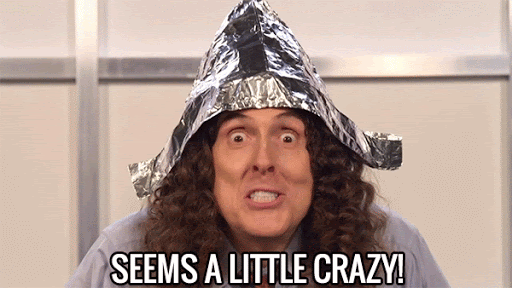
For example, if your brand is seen advertising alongside content about:
- Flat earth
- NASA conspiracies
- Sandy Hook
- Illuminati
- Chemtrails
It could easily be seen as a political stance, and explicit support, for this type of conspiracy theory.
This aspect of brand safety has even prompted YouTube to begin testing a fact-checking tool to debunk conspiracy theories before they are uploaded to their platform.
4. Extremism
Extremism, in terms of brand safety, can be broken down into two parts:
- Association: being seen next to hateful extremist content.
- Funding: inadvertently contributing to their cause.
This is a problem that has been prevalent with Google Adsense, which publish banner advertisements on third-party sites.
Through Adsense, UK companies had inadvertently paid £250,000 to fund extremist and hate groups with their advertising commissions.
To counteract this, Google removed 3.2 billion ads from its network and over 400,000 malicious websites.
While there may no be bad publicity, nobody wants to fight the PR battle that you have been funding terrorist organizations!
5. Inappropriate Content
Inappropriate content is anything that would hurt or influence the opinion of your brand. With a broad-strokes look, it tends to be content containing:
- Pornography
- Illegal activities
- Drugs
- Military conflict
- Strong political commentary
However, this becomes more nuanced when you look at a specific brand and its values. Later in this post, we will look at how you can define this further.
6. User Comments
Platforms like:
All have user-generated content as part of their model. This means people can post freely, and sometimes anonymously, either on your ad or the content surrounding it.
Inappropriate comments can be detrimental to your reputation and the effectiveness of your ad if they are not dealt with swiftly.
“Brand safety is a huge industry issue and is often cited as one of the top issues keeping marketers up at night.”
— Lindsay Rowntree
What Does Brand Safety Look Like On Top Ad Platforms?
In this section, we are going to look at the current measures put in place by the internet’s top advertising platforms.
This should help you to get an idea of where is good for your brand to advertise, and what problems you should be on the lookout for.
1. Facebook
Facebook launched an initiative at the start of 2019 to give advertisers more control over their brand safety.
They added transparent publisher lists and delivery reports so you can choose:
- Where your ads are displayed
- Who they are displayed near
With the ability to block specific outlets or publishers you do not wish to be associated with.
They also added a set of three brand safety “Inventory” options for their In-Stream Video and Instant Article advertisers:
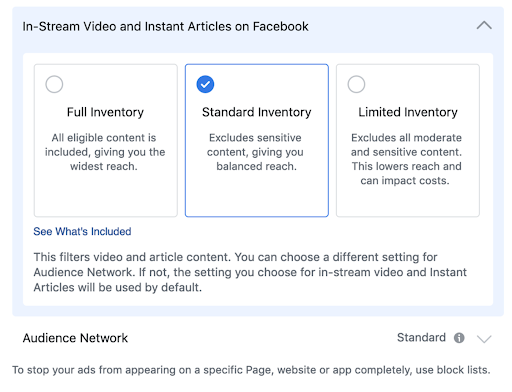
These help you to customize the level of moderate or sensitive content that can be associated with your ad.
Facebook has also certified two Meta Marketing Partners for their brand safety capabilities:
- DoubleVerify
- OpenSlate
To provide quality control, analytics, visualization and ratings for advertising services, to help increase their levels of brand safety.
2. Instagram
Instagram faced brand safety challenges in 2019, when a BBC Report showed brand adverts had been run alongside content about teen suicide.
However, no brands have pulled their ad spend from the platform, and are merely seeking assurance about future brand safety measures.
We anticipate that the measure being used, and tested, by their parent company Facebook will soon be carried over to Instagram.
3. YouTube
YouTube has an unfortunate history with brand safety. And, Google has openly stated that the platform may never be 100% brand safe.
When you consider the amount of content they have to contend with — 300 hours of video are uploaded every minute (source: VideoNitch) — achieving that level of brand safety seems like an uphill battle.
That being said, YouTube has taken lots of positive measures to improve brand safety.
They:
- Have enlisted the help of DoubleVerify
- Have begun testing a fact-checking tool
- Are continually updating their AI, which they claim is better at removing bad content than human moderators
YouTube can be considered fairly brand safe. It simply remains a platform where you need to monitor your brand (like anywhere else).
4. LinkedIn
LinkedIn is yet to find itself with any brand safety issues.
They have a thorough vetting process for each of their publishers and have recently launched their LinkedIn Audience Network to give you greater targeting flexibility.
#KeepUpTheGoodWork.
5. Twitter
Twitter is considered the most brand-safe social media platform.
They have only recently had one minior brand safety scare, where they promoted adverts on feeds selling illegal drugs. But, Twitter quickly put a stop to it.
Twitter also focused on brand safety education for its users and has invested time and resources into promoting their “Safe for Ads” content guidelines.
They have also incorporated a “strike” system, whereby users who abuse the system lose monetization privileges up to a period of six months.
“Safe For Ads” also makes it easier for advertisers to align themselves with brand-safe content, and virtually cherry-pick the types of people whose content they want to advertise on.
6. Google Adwords
Google has encountered a number of brand safety challenges over the years. But, as you saw earlier in this article, has updated its algorithm to fix them.
In particular, they have:
- Updated their hate speech policy
- Purged extremist websites from their database
- Offered page-level ad removal capabilities
- Removed counterfeit pages and sites
To create a safer advertising experience for brands.
7. Reddit
Reddit inherently carries the concern of brand safety.
Because users are able to:
- Post anonymously
- Use explicit language
- Discuss virtually every possible topic
Brands have historically been worried about their adverts being instantly targeted to people within inappropriate forums.
But Reddit addressed these concerns quickly and clearly and introduced a sign-off system where advertisers can choose the specific forums where their ads are displayed.
They also purged many of their more extreme forums.
Reddit is a platform where free speech and hidden identities play an integral role, so advertisers should proceed with caution.
“Perhaps the most important thing for companies to remember when looking to avoid costly mishaps, is that no brand is immune when it comes to brand safety.”
— Katherine Hays
How To Ensure Brand Safety In 2019 (And Beyond!)
By now you should have a clear idea of what brand safety is, why it is important and how it looks on today’s major platforms.
In this section, we are going to turn that theory into action and outline how you can ensure your brand safety in four easy-to-follow steps.
Step #1: Get Clear On Your Version Of Brand Safety
Brand safety is subjective.
What may be risky for your brand may be perfect for another.
To get a better idea of how that looks in practice, let’s take a look at some businesses and how brand safety changes based on your branding.
For example:
Jack Link’s Beef Jerky
Brand and product: cured meats for meat-lovers. Aimed at people who want to increase their protein intake, or eat a “Paleo” diet.
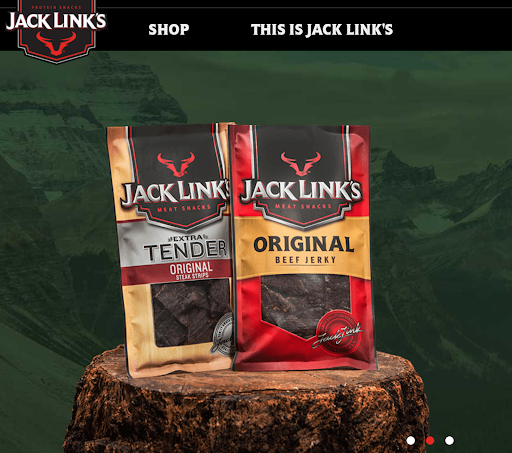
Brand safety risks: their brand would have a high brand-safety risk if their adverts were to be displayed alongside content focusing on:
- Veganism
- Vegetarianism
- Environmental issues
- Animal cruelty
This means they would likely want to avoid advertising in places such as:
- Blogs
- Subreddits
- Social media feeds
- News outlets
That actively promote the above.
In contrast:
Ben And Jerry’s Ice Cream
Brand and product: environmentally and family-friendly ice cream with a hippy vibe.
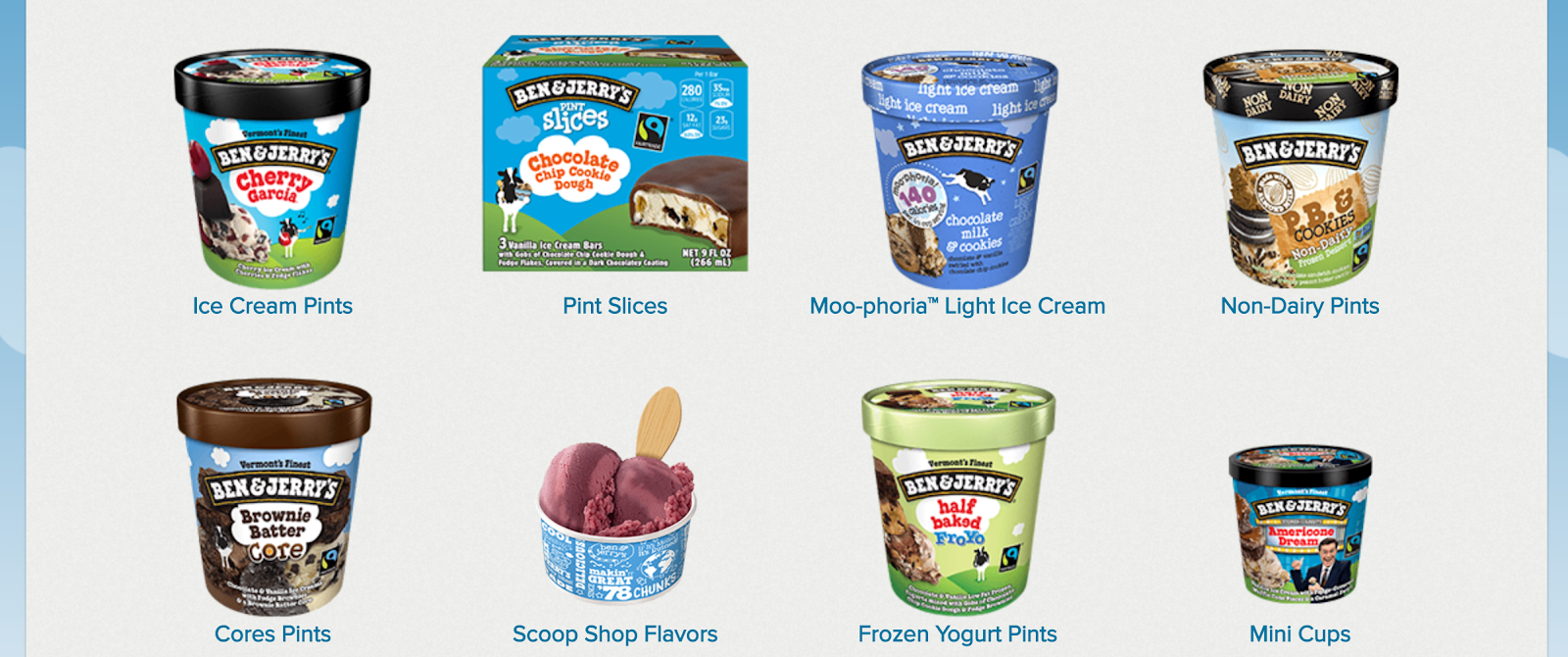
Brand safety risks: Ben and Jerry’s would be safe alongside most types of online content, barring the major forms of inappropriate content.
However, they could still encounter brand-safety issues if they were featured alongside content endorsing or supporting:
- Oil and gas
- Fracking
- GMO usage
This means they would need to be careful advertising with:
- In-Video and Instant Ads
- News outlets
That could potentially contain stories on these topics.
When considering what counts as brand safety for your brand, it is worth looking at:
- What is the antagonist to your brand message (e.g. meat eating and veganism)
- What would juxtapose your brand message (e.g. meat eating and heart disease)
- What would reduce the impact of your ad (e.g. meat eating and animal cruelty)
Be thorough in this process and look to create an exhaustive list of possible brand threats. This will also help you to identify publications and outlets to avoid.
Step #2: Analyse The Risk Against The Reward
All advertising carries a level of risk.
That makes it important to effectively assess the risk and gauge the potential reward from the campaign you are about to run.
Let’s say you are running an e-commerce video advertising campaign. Here are a few things your brand would need to consider:
- YouTube has the highest potential for reward, but also the highest risk
- Facebook has better brand safety protections, but it may be more expensive
- Twitter is the safest platform, but it does not reach as many video viewers
Neither of these options is right or wrong from a brand safety standpoint: it all depends on your brand, budget and the level of risk you are able to take.
Step #3: Use Platforms With The Most Flexible Targeting Options
The more flexible the targeting options, the higher the level of brand safety.
The safest advertising platforms allow you to choose (or see):
- Specifics of who you are targeting
- Where your adverts will be displayed
- Topics you want your brand to associate with
- Types of content and their level of sensitivity
Each of these elements allows you to envision how the ad will look once it is live, and give you a better insight into potential brand safety risks before you publish.
Step #4: Use Negative Targeting
Where possible, we also recommend you take advantage of “negative targeting”.
This is a process where you explicitly state the:
- Keywords
- Topics
- Publications
That you do not want to be associated with, by entering these into the platform, you ensure that you will never find yourself displayed in a place you consider to be a high brand risk.
Wrapping This Up
Brand safety is currently — and will remain, over the next few years — at the forefront of marketers and brand manager’s minds.
As the need to advertise online grows, it is our duty to stay vigilant and prepare for the potential brand risks posed on these platforms.
